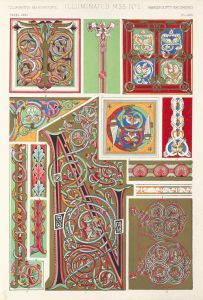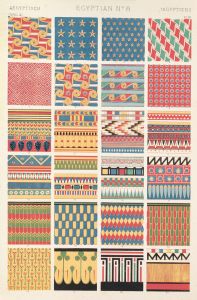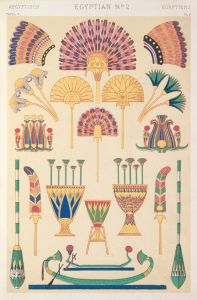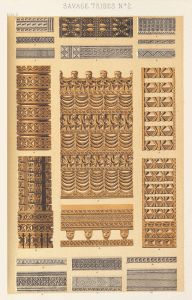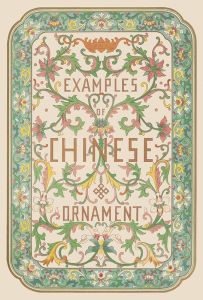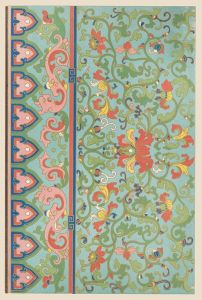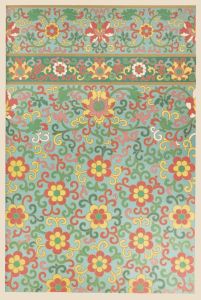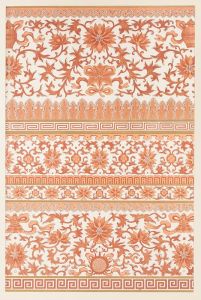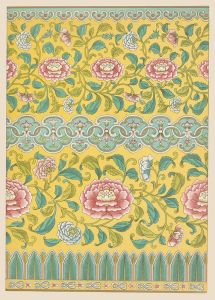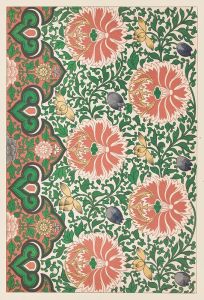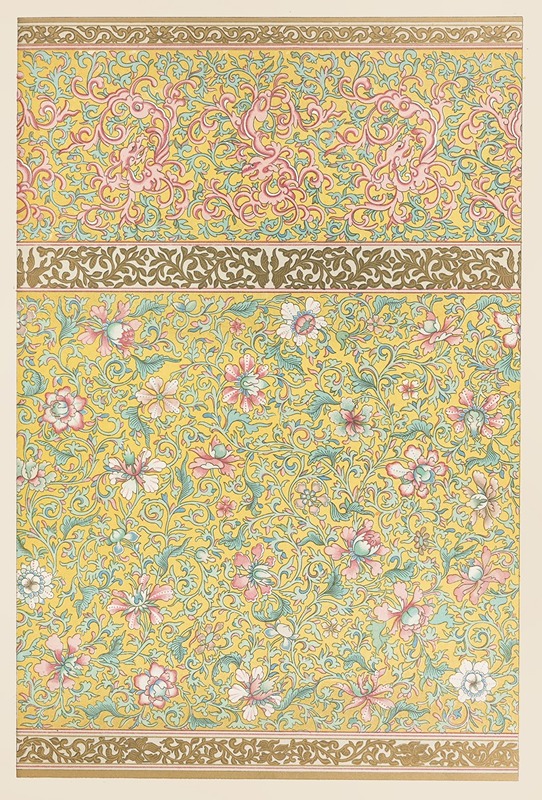
Examples of Chinese ornament, Pl.49
A hand-painted replica of Owen Jones’s masterpiece Examples of Chinese ornament, Pl.49, meticulously crafted by professional artists to capture the true essence of the original. Each piece is created with museum-quality canvas and rare mineral pigments, carefully painted by experienced artists with delicate brushstrokes and rich, layered colors to perfectly recreate the texture of the original artwork. Unlike machine-printed reproductions, this hand-painted version brings the painting to life, infused with the artist’s emotions and skill in every stroke. Whether for personal collection or home decoration, it instantly elevates the artistic atmosphere of any space.
"Examples of Chinese Ornament, Pl.49" is a plate from the influential design book "The Grammar of Ornament," authored by Owen Jones and first published in 1856. Owen Jones was a British architect and designer known for his work in color theory and ornamental design. His book aimed to provide a comprehensive collection of decorative arts from various cultures around the world, serving as a resource for designers and architects.
"The Grammar of Ornament" is divided into several chapters, each focusing on a different cultural style, including Egyptian, Persian, Greek, Roman, and Chinese, among others. The book is celebrated for its vivid chromolithographic plates, which were a relatively new printing technology at the time, allowing for vibrant and detailed reproductions of the original designs.
Plate 49, specifically, is part of the section dedicated to Chinese ornamentation. This section showcases the intricate and symbolic designs characteristic of Chinese art, reflecting the rich cultural heritage and aesthetic principles of China. Chinese ornamentation often features motifs such as dragons, phoenixes, floral patterns, and geometric shapes, each carrying specific meanings and symbolism. These designs are not only decorative but also imbued with cultural significance, often representing concepts such as prosperity, longevity, and harmony.
Jones's work was pioneering in its approach to documenting and categorizing design elements from non-Western cultures, promoting a greater appreciation and understanding of global artistic traditions. His emphasis on the use of color and pattern was particularly influential in the development of design in the 19th century, encouraging a move away from the more restrained neoclassical styles that had dominated European art and architecture.
The Chinese section of "The Grammar of Ornament," including Plate 49, highlights the sophistication and diversity of Chinese decorative arts. It captures the essence of traditional Chinese aesthetics, which often emphasize balance, symmetry, and the harmonious integration of nature and art. The designs featured in this section would have been drawn from various sources, including textiles, ceramics, and architectural elements, showcasing the versatility and adaptability of Chinese ornamentation.
Jones's work remains a valuable resource for historians, designers, and artists, offering insights into the decorative practices of different cultures and the ways in which these practices can inspire contemporary design. His commitment to documenting and sharing the beauty of global ornamentation has left a lasting legacy, influencing generations of designers and contributing to a broader understanding of the interconnectedness of world cultures through art.
In summary, "Examples of Chinese Ornament, Pl.49" by Owen Jones is a testament to the rich tradition of Chinese decorative arts, as presented in a groundbreaking 19th-century design manual that sought to celebrate and disseminate the beauty of global ornamentation.





